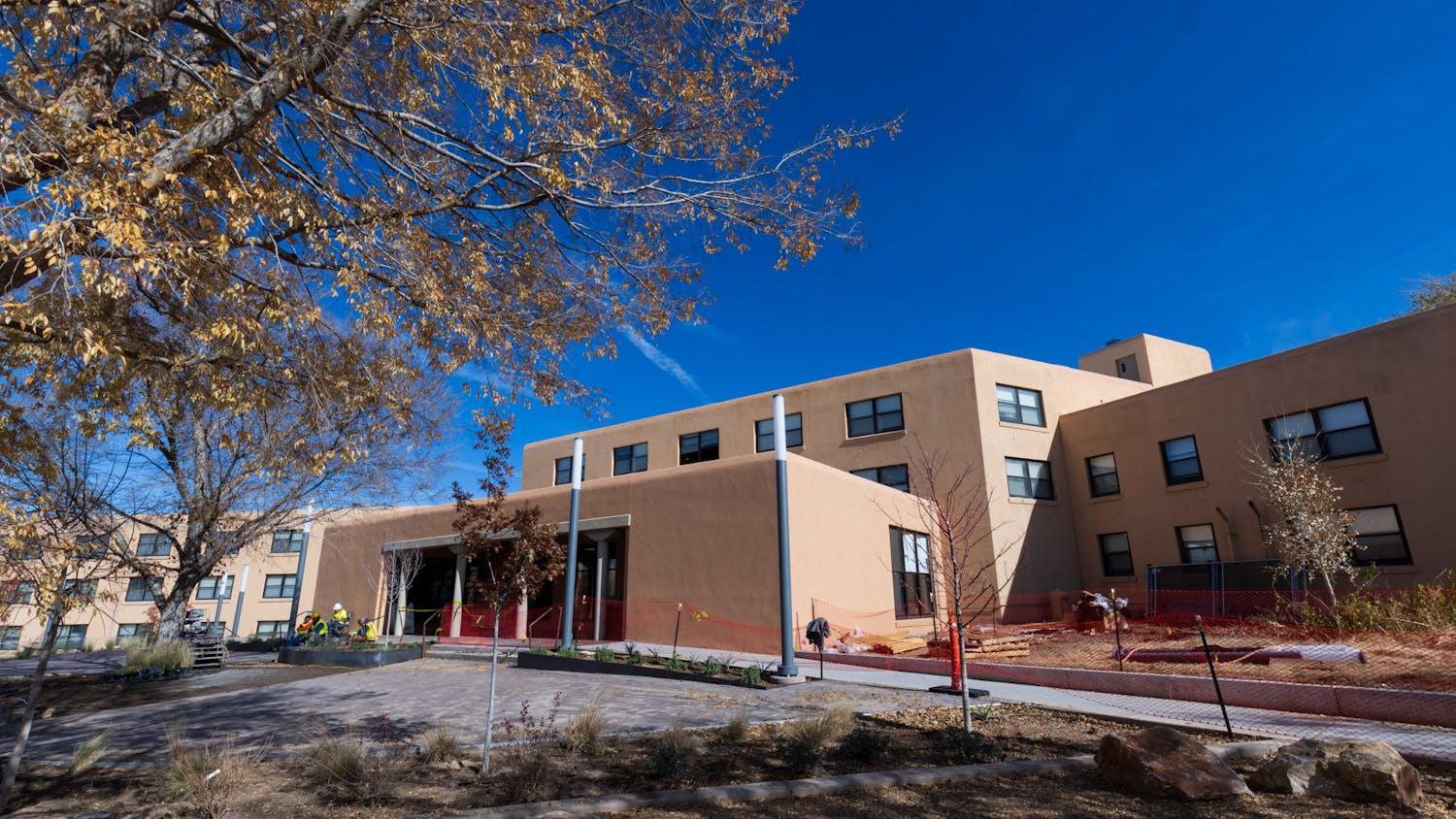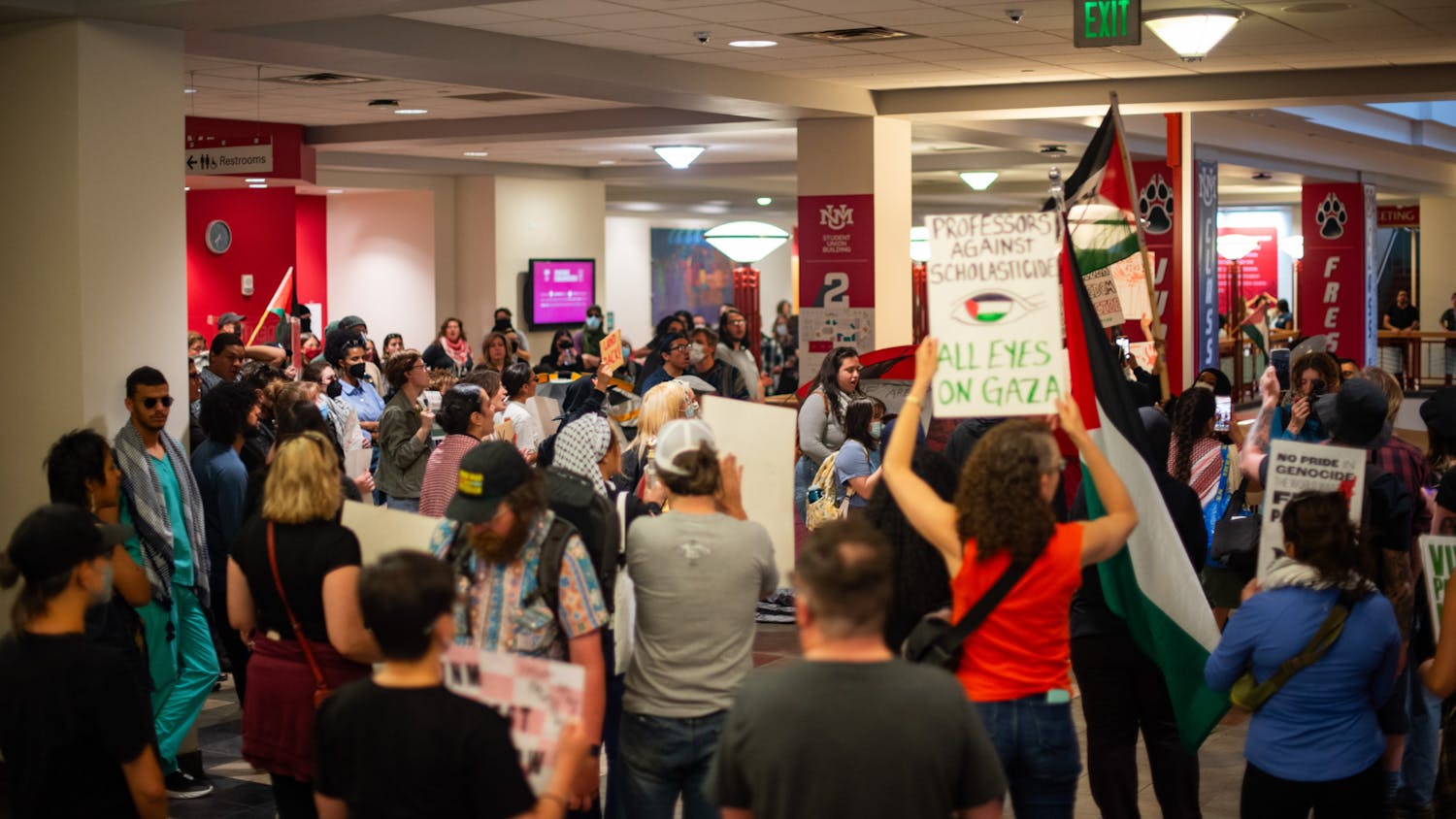As the victim of an on-campus stabbing lay unconscious in a hospital bed, gauze taped over her jugular and a tube inflating her punctured lung, her sister drove slowly through the alleyways near the Anthropology Building.
The sister, Kelly, was searching for somebody who could help her understand what had happened the night of Feb. 15, 2010. She implored dark streets west of campus for answers.
“I would leave the hospital and just go up and down the streets,” Kelly said. “I would drive down the alley. I would obsessively drive around the neighborhood looking for some suspicious stranger.”
One year and two days after her sister’s neck was slashed in two places, Kelly has stopped this futile surveillance, and she’s given up hope that the assailant will be caught.
“No, I don’t have any hope. I had to let that go,” she said. “At one point, I was really obsessed with making sure the police found him. I felt like that was the only way that (the victim) and the rest of us would get closure, but I finally realized that that just wasn’t going to happen.”
And more than a year after the attack, the victim, who asked her name not be printed for security, has resumed an essentially normal life. She’s back at her campus job after a three-month leave and completed her seven-month, three-times-a-week regimen of doctor visits and physical therapy.
She’s even back in the same music class with the same professor, Dan Davis, who watched, horrified, as she stumbled into the Anthropology Building clutching her neck and shouting for help one year ago. It’s still an evening class, but it meets in nearby Dane Smith Hall.
The prospect of returning to class after almost a year made the woman nervous and fearful, she said. She tried enrolling in an evening class last semester but became anxious walking to class, so she quickly dropped it.
“I was a person that was really fearless, if not careless, about the world,” she said. “I am a strong woman. I always thought people that over-thought things, danger at night, were a little over the top. What has become really clear to me is that none of us, until it really, truly affects your life, can ever have the reality of those issues sink in.”
It took almost the entire year, but the victim said she’s mostly gotten over her fears of being alone after dark.
“It really was in just the last month or two that I stopped being fearful in the dark at night and having total anxiety just getting out of my car alone to get into my house,” she said. “The reality for me now is that there are not-so-nice people that are willing to do not-so-nice things.”
To deter not-so-nice people, the woman clipped a small can of mace to her keychain and added locks and a security system to her downtown home. Those close to her said she doesn’t talk to strangers anymore.
Get content from The Daily Lobo delivered to your inbox
A faded, 8-inch scar stretches from her collarbone to underneath her jawbone. The attack resulted in her left eye being slightly droopy — her “googly” eye, as she calls it — and her voice gets raspy now and again because of vocal cord damage. Her problems with shortness of breath ended about two months ago.
The victim and her friends and family, however, said they haven’t gotten over feeling ignored and stifled during the subsequent investigation into the near-fatal stabbing.
‘A centimeter in either direction’
The victim’s sister, Kelly, can rattle off three or four frustrations she had with the way UNMPD handled the assault on her sister: the officers’ poor attitudes, slowness to react and inattention to detail, for example.
But what most angers Kelly, the victim and her friends and family was what they perceived as an effort on behalf of UNM and its police department to downplay the severity of her sister’s injuries.
“They were treating it like a mugging when a centimeter in either direction it would have been a murder,” Kelly said.
UNMPD spokesman Robert Haarhues told the press shortly after the stabbing that the victim was in “satisfactory” condition at UNM Hospital, but Kelly said no officers visited her sister’s hospital room that night or the following morning.
Haarhues did not respond to phone calls this week, but UNMPD issued a statement Wednesday evening saying that the investigation was still open and welcoming information that could lead to an arrest.
“The stabbing incident on the UNM campus was a violent crime against a person,” the statement reads. “This was a crime that rocked the campus community because of the serious nature of the victim’s wounds and the randomness of the crime. UNM Police immediately directed all resources toward solving this crime.”
UNM spokeswoman Karen Wentworth said UNMPD officers responded to the best of their ability.
“They thought they were responding completely,” she said.
Shortly after the stabbing, UNM hosted several campus safety walks for students, during which a group of students and staff patrolled the campus at night looking for burned-out light bulbs, overgrown shrubs and places that could use more light fixtures. The University also held a safety walk Tuesday night.
Cheo Torres, vice president for Student Affairs, told the Daily Lobo in August that the University replaced between 95 and 99 percent of burned-out light bulbs on campus.
“We want our students to be 100 percent safe,” he said.
Also, then-ASUNM Vice President Mike Westervelt, who was in the music appreciation class with the victim when she was attacked, proposed improving lighting around the Anthropology Building.
No new lighting fixtures have been installed near the building, and few blue emergency towers are in the area.
This lack of safety improvement over the year is frustrating, the victim said.
“It’s great to hear that they had another walk last night, but at the same time, we had a walk a year ago right after it happened, and what were the results? What were the walks accomplishing?” she said. “… It makes me really, really disappointed that it’s not more well lit.”
‘And a little sadder’
When the victim came to the conclusion months ago that her assailant would probably never be caught, she started to think of it as a mixed blessing. The man who put her through months of suffering, both physical and emotional, still roams the streets, which she said frightens her and prevents her from becoming a spokeswoman for campus safety. But if he isn’t caught, the victim doesn’t have to go through a long and tortuous court process, and she never has to see his face.
“I didn’t see a face. I didn’t see a weapon, and I didn’t hear a voice,” she said. “I knew from the moment I woke up from anesthesia that that was to my benefit. … As much as I want this person to be caught, I know that it would really mean tackling a whole side of this that I haven’t had to, which would be having a face to put to it all.”
Though she’s not haunted by the assailant’s voice and likeness, the victim’s friends and family said she they saw a change in her after the attack.
“She’s the same girl, but a lot more tentative and a little sadder,” longtime friend Jim Roberts said. “When something like this happens to you, it just shakes your whole world up.”
Her sister said the victim is still getting past emotional trauma that complicates her life.
“She definitely has some emotional scarring, and I think she’s dealt with it better than most people would have, but it just kind of adds a weight to everyday problems,” she said.
Shortly after the attack, the victim said it was therapeutic to return to the Anthropology Building every once in a while.
“Part of my healing, I think, was to revisit that scene,” she said. “The first time was so hard because there were still blood stains on the cement and tape up, but it was part of the process about feeling better on campus again. In the last year, I’ve just kind of driven by it, just sat outside and had some strange profound moments, sitting out in my car in front of that building.”





